
Have you ever noticed your child repeating certain movements or sounds, like flapping their hands, rocking back and forth, or humming? This is known as stimming, and it’s a natural behavior for many children with autism spectrum disorder (ASD). Stimming, short for self-stimulation or self-stimulatory behavior, is a way for your child to self-soothe and manage overwhelming emotions or sensory experiences.
Think of stimming as your child’s unique way of communicating their needs and feelings. Just like some people might tap their foot when they’re anxious or bite their nails when they’re thinking, stimming helps your child feel more in control of their environment. It can also help them cope with stress, excitement, boredom, or sensory overload.
Understanding and accepting stimming is crucial for supporting your child’s well-being. By observing when and why your child engages in these behaviors, you can gain insights into what might be triggering their need to stim. In turn, this can guide you in creating a more comfortable and supportive environment for your little one.
The Intricacies of Stimming and Repetitive Behaviors in Children with ASD
While some stimming behaviors are subtle, others can be disruptive or socially inappropriate. In some cases, they can also cause self-harm, like head banging or excessive skin scratching. Stimming usually starts by age 3 and often happens when a child is deeply focused, excited, stressed, or bored. In children with ASD, these may include:
- Motor stereotypies: Hand flapping, rocking, spinning
- Verbal stereotypies: Repeating words or phrases (echolalia)
- Object-related behaviors: Lining up toys, spinning objects
- Insistence on sameness: Strict adherence to routines
Research indicates that up to 88% of children with ASD engage in at least one form of repetitive behavior (Leekam et al., 2011). While these behaviors can be concerning for parents, it’s important to understand that they often serve a purpose for the child.
Early Intervention and ABA Therapy
Early intervention is key in managing repetitive behaviors and promoting overall development in children with ASD. In fact, the Centers for Disease Control and Prevention (CDC) recommends that intervention should begin as early as birth to 3 years of age.
Applied Behavior Analysis (ABA) is one of the most widely used and evidence-based interventions for ASD. A meta-analysis by Virués-Ortega found that ABA interventions result in medium to large positive effects on intellectual functioning, language development, and adaptive behavior in children with ASD.
Furthermore, a 2022 study, “Applied Behavior Analysis in Children and Youth with Autism Spectrum Disorders: A Scoping Review”, focused on the effectiveness of ABA (Applied Behavior Analysis) therapy for young children with autism, found that when ABA therapy is implemented early, over a longer duration, and covers many areas of development, it has a significant positive impact. Specifically, it helps improve language skills (both understanding and speaking), thinking skills, everyday living skills, and social skills. The study also showed these improvements were much better compared to children who did not receive ABA therapy.
Another study by Makrygianni et al. (2018) supported these findings, concluding that ABA therapy for children with autism led to moderate to very effective improvements in language skills, communication, nonverbal intelligence, overall adaptive behavior, and social skills. (Source)
ABA focuses on:
- Identifying the function of behaviors
- Teaching alternative, more adaptive behaviors
- Reinforcing positive behaviors
- Gradually reducing problematic behaviors
It’s important to note that the goal isn’t always to eliminate repetitive behaviors entirely, but rather to manage them so they don’t interfere with daily functioning or learning. While stimming provides comfort and helps with self-regulation, simply stopping them isn’t the best solution. Instead, it’s crucial to replace these behaviors with more appropriate ones that offer the same or similar level of comfort.
Imagine a child flapping his hands whenever his favorite TV show comes on. To help him, we first need to understand what triggers his behavior. In this case, it’s the excitement from the TV show. Next, we can gradually interrupt the hand-flapping by lightly prompting him to put his hands by his side, then redirecting his attention by giving him something else to do with his hands while he continues to watch that particular television show; for example, playing with a toy car or a sensory toy, such as fidget spinners.
When redirecting, it’s important to be gentle and not give too much attention to the hand-flapping. Otherwise, the child may associate stimming with receiving more attention, which could make the behavior relatively amplified. Therefore, it is a good idea to limit the amount of attention you provide.
It’s also crucial to remember that even after successfully reducing stimming behaviors, your little person may revert to old habits. In this case, be prepared to offer alternative behaviors that provide the same type of reinforcement. Additionally, certain medications may help reduce the anxiety linked to repetitive behavior; however, it’s important to consult a medical professional before considering this option.
By helping children effectively manage their stimming behaviors, we can improve their quality of life – they can learn more easily, interact with others without feeling self-conscious, and enjoy more fulfilling lives. To help you, here are some super quick tips to help reduce stimming:
- Be patient: Change takes time, and progress may be gradual.
Understand that reducing stimming behaviors in children with autism spectrum disorder (ASD) is a gradual process. Patience is crucial as children need time to adapt to new strategies. Behavioral changes may not be immediate, but consistent and patient efforts will yield results over time.
- Consistency is key: Ensure all caregivers are using the same strategies.
Consistent application of strategies across all caregivers helps create a stable environment for the child. This includes parents, teachers, and therapists, who should all be on the same page, following the same behavioral interventions. Consistency reinforces learning and reduces confusion for the child.
- Focus on one behavior at a time: Trying to change too many behaviors at once can be overwhelming.
Targeting one specific stimming behavior at a time allows for more focused and effective intervention. Trying to address multiple behaviors simultaneously can be overwhelming for both the child and caregivers. Prioritize the most disruptive or harmful behaviors first, using Applied Behavior Analysis (ABA) techniques to gradually reduce them.
- Celebrate small victories: Acknowledge and reinforce even small improvements.
Positive reinforcement is a key component of ABA therapy. Celebrating small victories helps motivate the child and reinforces desired behaviors. Even minor improvements should be acknowledged with praise, rewards, or other forms of positive reinforcement to encourage continued progress.
- Take care of yourself: Managing repetitive behaviors can be stressful. Ensure you’re also taking time for self-care.
Caring for a child with ASD can be demanding, and managing stimming behaviors can add to the stress. It’s important for parents to prioritize their own well-being by taking breaks, seeking support from friends or support groups, and engaging in activities that help them relax and recharge. This self-care is essential to maintaining the patience and energy needed for effective caregiving. Read more about prioritizing your self-care as an ASD parent here.
- Collaborate with professionals: Work closely with your child’s therapists and educators to ensure consistency across settings.
Effective management of stimming behaviors requires a collaborative approach. Working closely with your child’s ABA therapists, teachers, and other professionals ensures that strategies are consistently applied across different settings. Regular communication and meetings with these professionals help to monitor progress, adjust interventions as needed, and maintain a unified approach to supporting your child’s development.
Remember, while repetitive behaviors are a characteristic of ASD, they don’t define your child. Each child with ASD is unique, with their own strengths and challenges. The goal is to help your child manage these behaviors in a way that allows them to engage fully in daily life and reach their full potential.
It’s also important to recognize that some repetitive behaviors may serve an important purpose for your child and don’t necessarily need to be eliminated. The key is finding a balance that works for your child and your family! At Early Autism Services (EAS), we aim to provide you and your little one with the best possible support. So, make sure you get in touch right away by scheduling a FREE consultation or via WhatsApp.











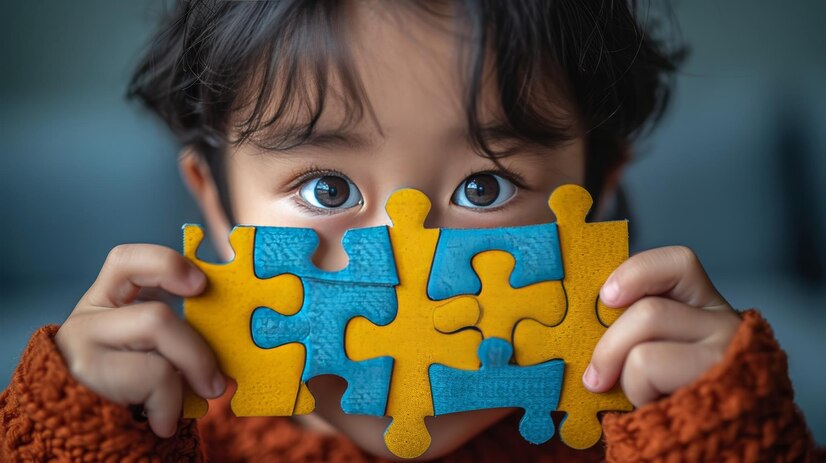


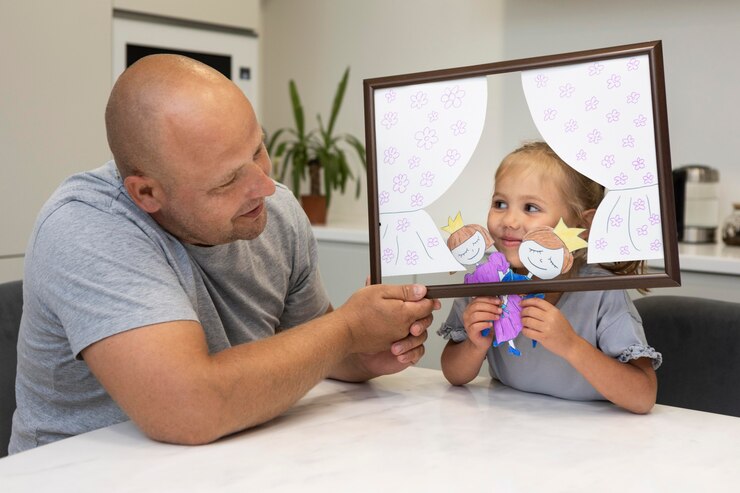
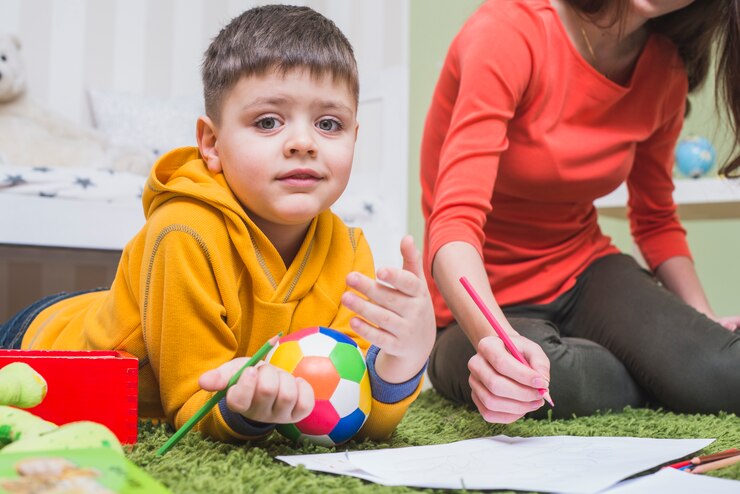








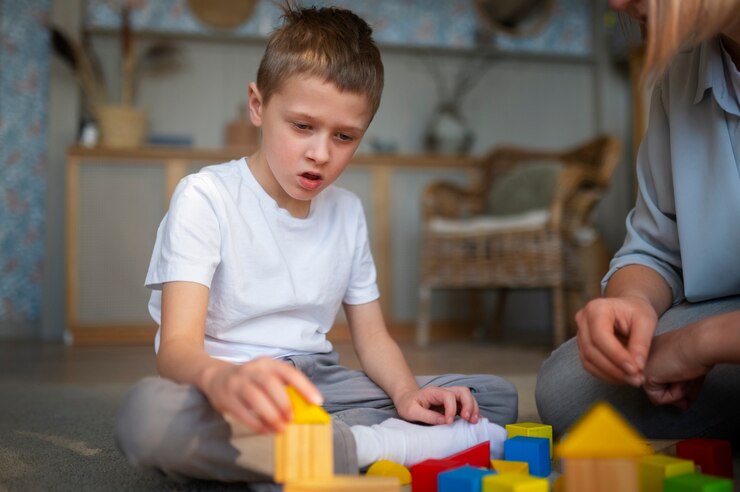

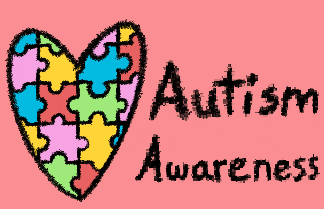



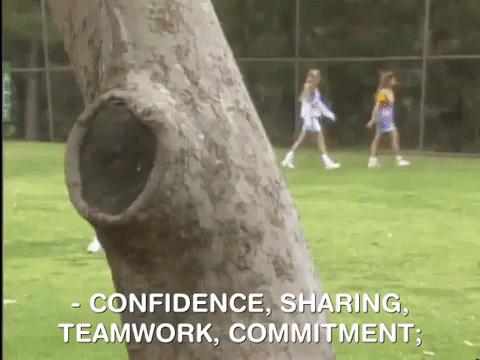



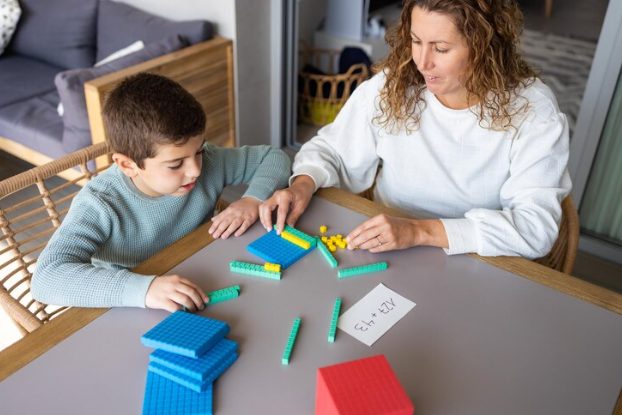
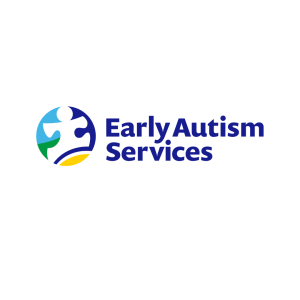
Recent Comments